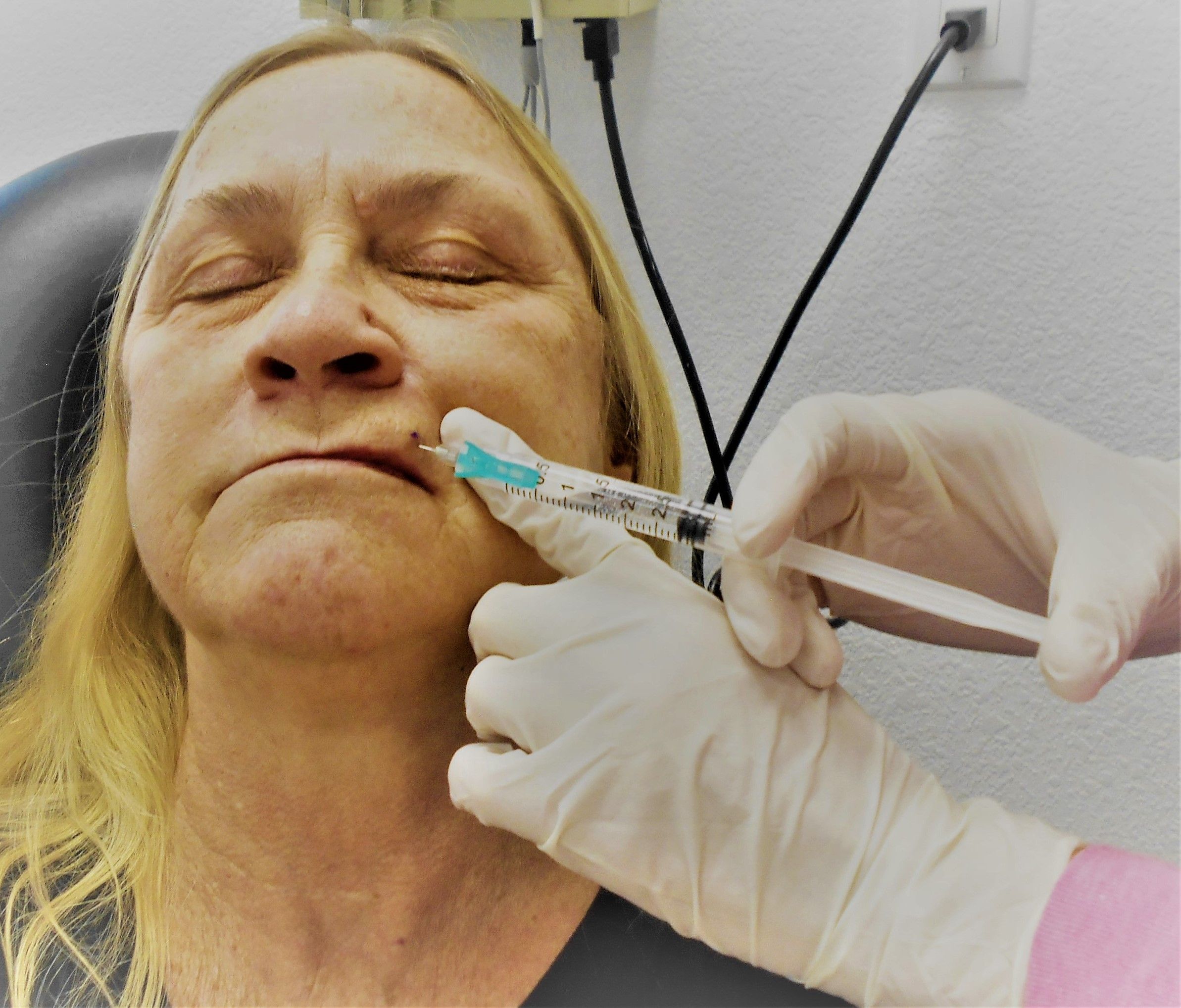- Case-Based Roundtable
- General Dermatology
- Eczema
- Chronic Hand Eczema
- Alopecia
- Aesthetics
- Vitiligo
- COVID-19
- Actinic Keratosis
- Precision Medicine and Biologics
- Rare Disease
- Wound Care
- Rosacea
- Psoriasis
- Psoriatic Arthritis
- Atopic Dermatitis
- Melasma
- NP and PA
- Skin Cancer
- Hidradenitis Suppurativa
- Drug Watch
- Pigmentary Disorders
- Acne
- Pediatric Dermatology
- Practice Management
- Prurigo Nodularis
- Buy-and-Bill
Article
Mitigate Malpractice Risk from Key Litigation Drivers
Author(s):
Dermatology has enjoyed one of the lowest litigation rates among medical specialties, but recent findings presented at the 2022 American College of Mohs Surgery Annual Meeting caution that mounting risks relating to procedural dermatology and cutaneous oncology could change that.
Studies have shown that dermatologists are among the medical specialists least likely to face litigation claims each year. But the growing field of procedural dermatology could drive those numbers higher, according to a poster presented at 2022 American College of Mohs Surgery Annual Meeting, being held May 12 to 15, 2022 in Philadelphia, Pennsylvania.
The poster’s authors pointed to the lack data available on malpractice claims filed against dermatologists. Reports that have been published recently tended to focus primarily on minimally invasive aesthetics procedures, they wrote.
“Little exists in the medical literature with regards to [malpractice litigation regarding] Mohs micrographic surgery and cutaneous oncology,” pointed out Preetha Kamath, MD, a resident physician in dermatology based in Miami, Florida, and her coauthors. “However, the growing field of procedural dermatology may play a role in reasons for litigation considering its unique risks and complications.”
The authors set out to fill that knowledge gap with a study designed to identify sources and outcomes of medical malpractice litigation in this field.
A search across 30 years of verdict and settlement reports included in the Westview online legal database revealed 87 pertinent cases, 29 of which were procedural and 58 which were non-procedural.
The authors assessed each in terms of:
- Type of procedure performed
- Patient’s gender
- Legal outcome
- Amount awarded
- Alleged cause of malpractice
According to their findings, failure to treat/refer to a Mohs surgeon was the leading overall reason for litigation, having been cited in 27 cases overall. That was followed closely by procedural error (22 cases) and failure to diagnose (21 cases). Lack of consent, other factors, and death accounted for 6, 6, and 5 cases, respectively.
Drilling down on those results, the authors found that 15 of 21 missed diagnoses were identified as cancerous and “nearly half of these malignant lesions were melanoma.” Scars from lasers, fillers, and chemical peels were reported as the most frequent causes cited in cases based on procedural errors, according to the authors.
Their research also highlighted the legal landscape of cases that did go to trial:
- Trial results favored the defendant or physician in 68% of cases.
- A record out-of-court settlement of nearly $11 million was awarded to 865 patients who had undergone surgery even though their biopsy slides “showed no sign of cancer or were in such poor condition they could not be read,” noted the authors.
- Plaintiffs who won jury verdicts in 29 of the 87 cases received awards ranging from $80,000 to nearly $6 million—awarded after the jury determined that the defendant had failed to biopsy a skin cancer lesion that metastasized.
“Understanding the risk factors for litigation may help to mitigate the frequency of lawsuits for procedural dermatology,” concluded the authors.
Reference
Kamath P, Frazier A, Krishnamurthy K, Laurin Council M. Malpractice litigation relating to procedural dermatology and cutaneous oncology. Poster presented at: 2022 American College of Mohs Surgery Annual Meeting, being held May 12 to 15, 2022 in Philadelphia, Pennsylvania






